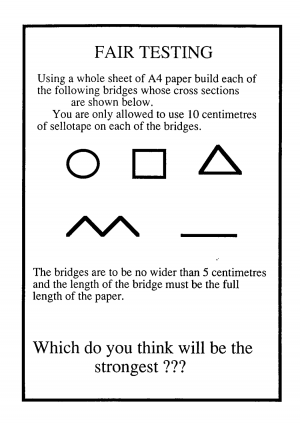Hypothesis and Variables
This resource may not be final.
Lesson idea. This lesson is part of a number of lessons preparing students for their ISA exams but can be used more generally to help students with various aspects of a scientific investigation. This resource focuses on forming hypotheses and graph drawing, taking in to account the nature of variables.
Teaching approach. Students are required to make hypotheses and draw graphs for continuous and categoric data as part of their Individual Skills Assessment (ISA) for GCSE. This resource presents a hypothesis as a 'best guess' or proposal, intended to explain facts or observations available, prior to doing an investigation. Students work collaboratively to plan the following investigations, coming up with hypotheses and considering the variables:
- size of chickens and the eggs they lay
- 100 meter running time and age of athlete
- number of butterflies and car pollution
- car manufacturer and car pollution
- contraceptive pill efficiently
They then plot graphs of data from similar contexts to their planned investigations deciding if the graphs should be bar charts or scatter plots/line graphs depending on whether or not the variables are continuous or categoric. (edit)
| Resource details | |
| Title | Hypothesis and Variables |
| Topic | |
| Teaching approach | |
| Learning Objectives |
|
| Format / structure | |
| Subject | |
| Age of students / grade | |
| Table of contents | |
| Additional Resources/material needed | |
| Useful information | |
| Related ORBIT Wiki Resources | |
| Other (e.g. time frame) | |
| Files and resources to view and download | Download the document here File:Bridges.doc, or view it on the wiki Bridges/Lesson Document |
| Acknowledgement | |
| License | |


